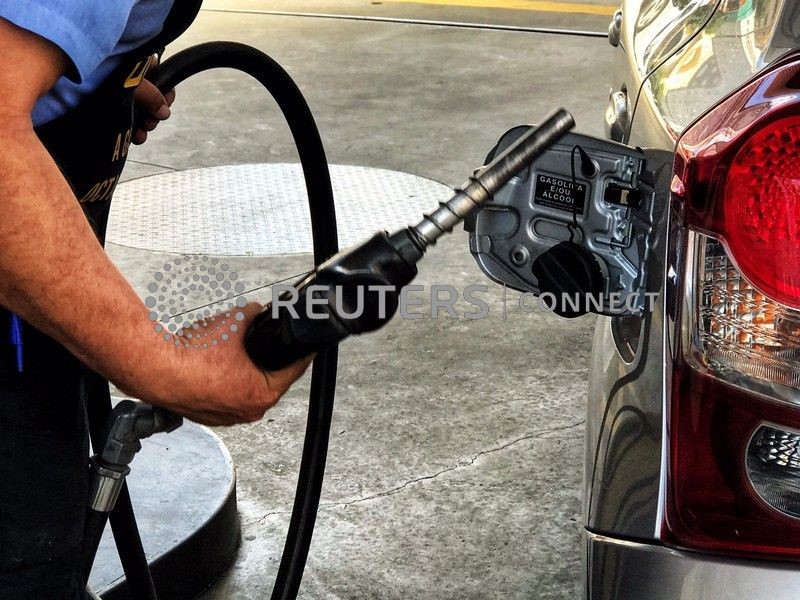The national average price for unleaded gasoline in the United States hit a high of $3.88 per gallon on Wednesday, the highest level since October, AAA reports. Despite being significantly lower than the peak of over $5 a gallon in June 2022 following Russia’s invasion of Ukraine, this price is still notably higher than historical averages. The price increase has been steady, marking an approximately 20 percent rise since the beginning of the year and over 8 percent since June 1.
The surge in gas prices is primarily attributed to the rise in oil prices in commodity markets. The American crude benchmark, West Texas Intermediate, has seen a nearly 30 percent rise since June 1. This increase is due to several factors including geopolitical events, weather conditions, and financial market sentiment.
A significant contributor to this price surge is Saudi Arabia and Russia’s decision to reduce oil production until the end of 2023. Despite an economic downturn, China continues to import oil at high rates to manage geopolitical risks and support its manufacturing and transportation sectors. The Northern Hemisphere’s unusually hot summer also played a role by reducing refinery production capacity.
The Strategic Petroleum Reserve, used by President Biden to help lower oil and gas prices, is currently at a historically low level. The government has postponed refilling the reserve due to high prices and is likely to wait until prices decrease.
However, indications suggest that gas prices may start to decline soon. In most states, a shift to a cheaper blend of gasoline containing more butane typically occurs in the fall. Additionally, gas prices usually drop during this season as demand decreases after the peak driving season.
Analysts also anticipate a slowdown in global economic growth in 2024 which could result in reduced demand for oil and consequently lower gas prices. Furthermore, some analysts speculate that Saudi Arabia and Russia may not extend their production cuts into the new year, potentially alleviating another source of pressure on prices.
The production cuts have proven profitable for major oil producers, collectively known as OPEC Plus. Therefore, there may not be a need for these producers to prolong the cuts, which could otherwise lead to excessive energy price inflation and reduced consumption.
This article was generated with the support of AI and reviewed by an editor. For more information see our T&C.
Read the full article here










